In communities hit hard by youth suicide, young people are leading prevention efforts

This story is part of Lifelines, a Rocky Mountain PBS project focused on youth suicide prevention. This is one segment in a series of stories focused on how communities have responded after experiencing high rates of youth suicide. Find the full Learning Through Loss story here.
PREVIOUS STORY: Two communities reflect on lessons learned from suicide clusters
If you have an immediate mental health crisis, please call Colorado Crisis Services at 1-844-493-8255 or text TALK to 38255. Or call the National Suicide Prevention Lifeline at 1-800-273-8255. You can also chat with the Lifeline.
Five years ago, both communities became the focus of national attention after clusters of youth deaths by suicide.
Rocky Mountain PBS visited each community to highlight the ways they are improving access to mental health care, and met young people who have jumped in to help lead the prevention efforts.
Many youth said the experience of helping others improved their own mental health and is now shaping their lives as they enter adulthood.
Youth in Palo Alto say their lives have also been shaped by the suicide deaths of their classmates and what they have learned since about prevention.
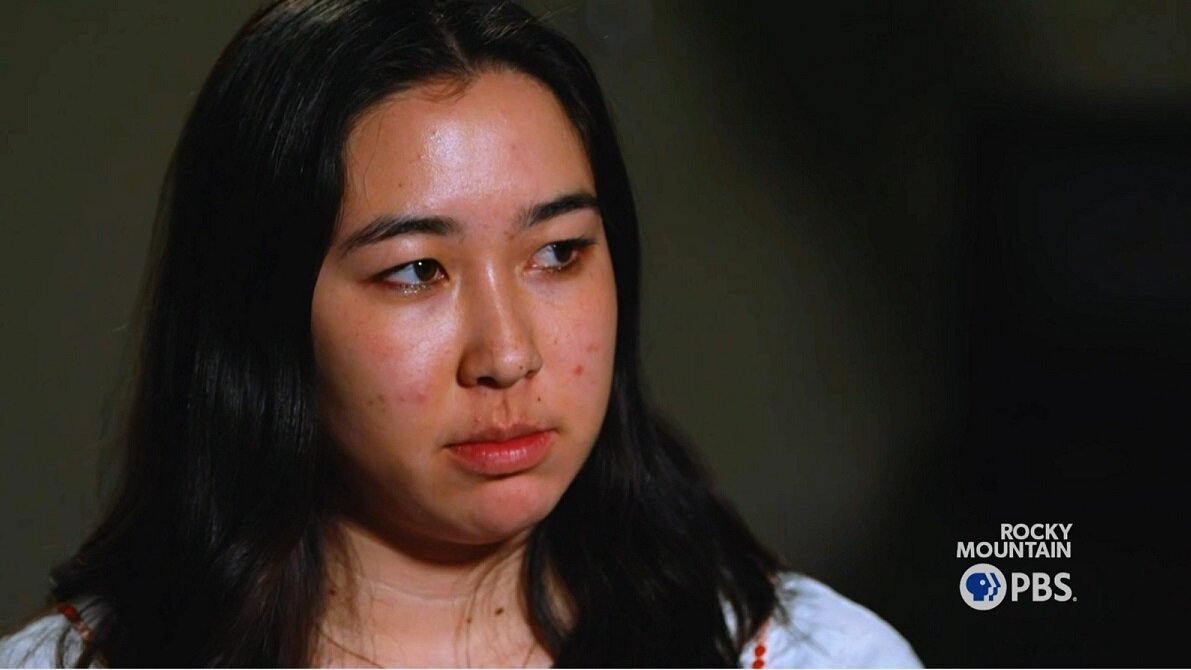
After becoming a leader in her school during a cluster of youth suicide deaths in Palo Alto, Chloe Sorensen is now studying psychology at Stanford University.
She helped create an organization called Youth United for Responsible Media Representation, aimed at encouraging news coverage of suicide that emphasizes hope and help-seeking.
“For me as a young person who had already lost friends to suicide, you can imagine I was already feeling pretty helpless," Sorensen said. "That narrative of like, 'These kids are killing themselves, we can't stop it, there's nothing we can do,' was really heartbreaking."
“One of the best things you can do in the aftermath of a suicide is spread hope and resources,” she said.
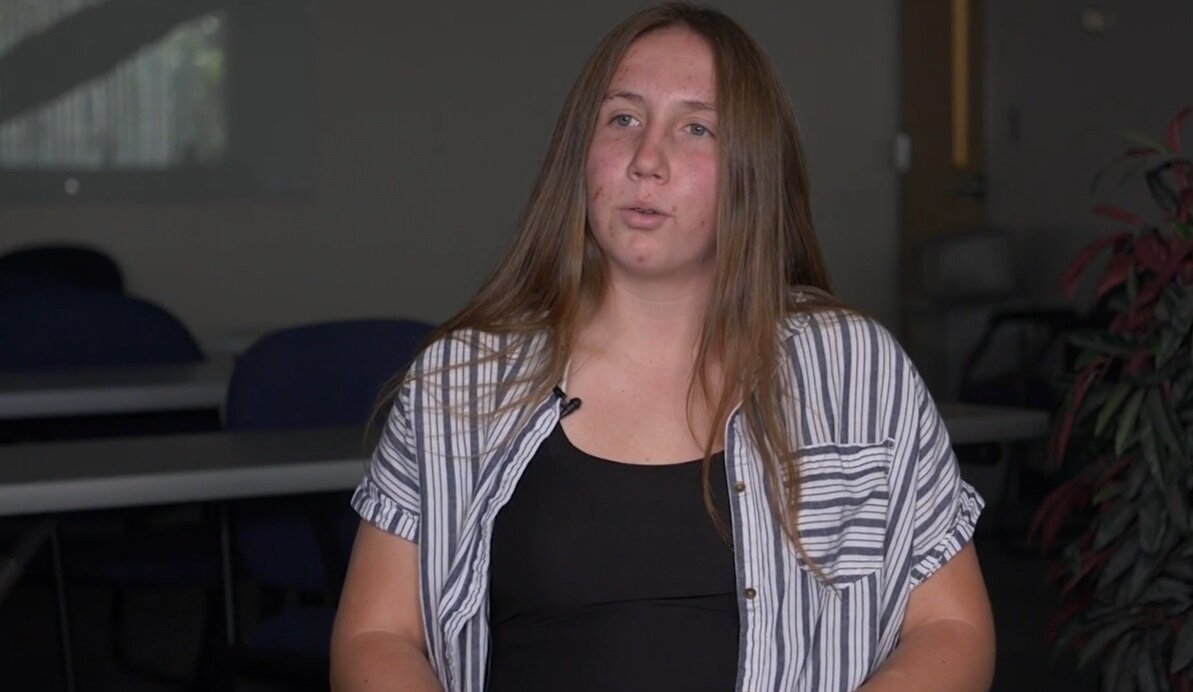
Doherty High School junior Sadie Duffy decided to get involved in Colorado Springs suicide prevention efforts after losing a friend last year.
“After I lost a close friend of mine, I saw a lot of my friends’ mental health really fall into dangerous areas... they just weren't themselves for a really long time,” Duffy said.
She said the pandemic has made healing and connection more difficult.
“Being away from my friends was really difficult because I know they relied on me and I relied on them,” Duffy said. “I felt like I lost a lot of the personal connections and mental health help that I had.”
Duffy and other teens participated in Beyond the Curve, a social media effort to spread messages of mental wellness during isolation. She has also volunteered to take calls and texts from peers who reach out to Pikes Peak Suicide Prevention Partnership for help.
“I understand what it feels like to be there and feel really alone,” she said. “Everyone deserves to be able to have someone to talk to and have someone that is just willing to listen.”
Phebe Cox of Palo Alto has also participated in allcove's Youth Advisory Group. She decided to get involved after being hospitalized for depression.
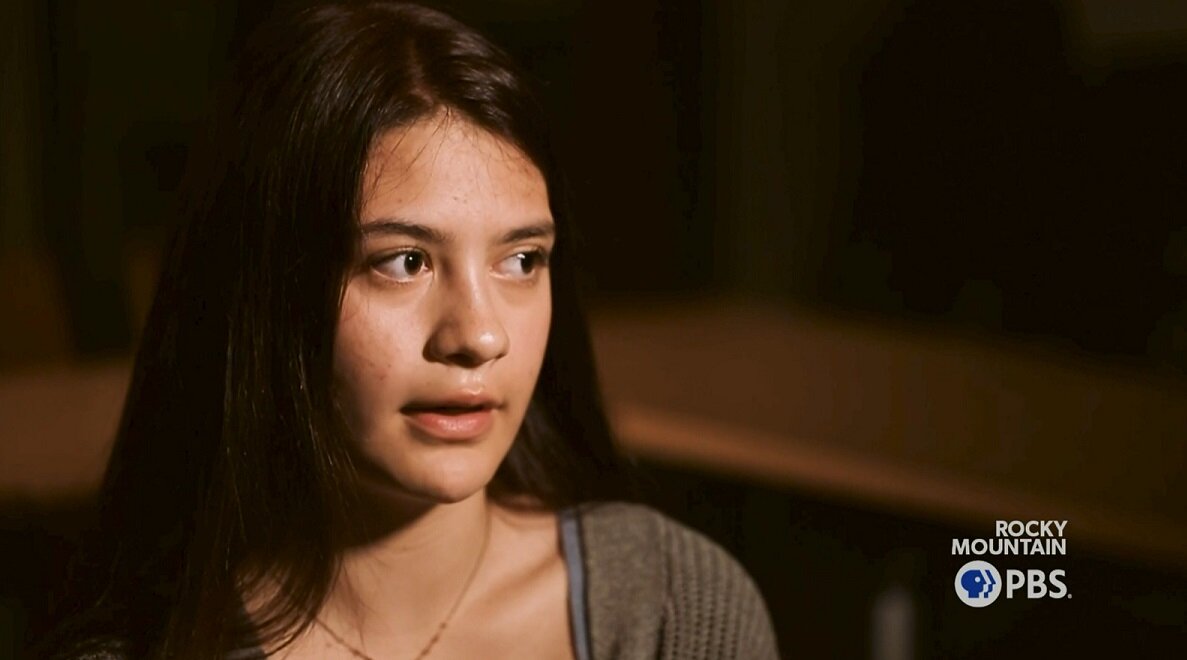
“Like a month after I got discharged from the hospital, one of my friends ended up in the hospital. I think that was really the point where I was like.. I don't want to see all of my friends end up at that tipping point,” Cox said. “We're going to keep fighting for a change.”
“I think that that's a big problem where… friends don't necessarily know exactly how to support someone, especially if there's an extreme situation where you need a professional's help,” Cox said. “A lot of friends are unqualified to take care of each other.”
Cox’s therapist told her about the allcove effort.
“I think that really saved me because it gave me something to feel like I was actually making a difference,” Cox said. “I could actually have a voice in what was going on, and actually, they needed my voice.”
Through her work with allcove and through her own experience, Cox said she learned recovery is a constant work in progress.
“Mental health isn't something that there's a light bulb click and you're like, ‘Oh, that fixes everything!’” Cox said. “Sometimes things get worse before they get better, and sometimes things get better before they get worse. It's just constantly changing and evolving.”
Young people in Colorado Springs have spoken up about the mental health programs they feel they need in their schools and communities.
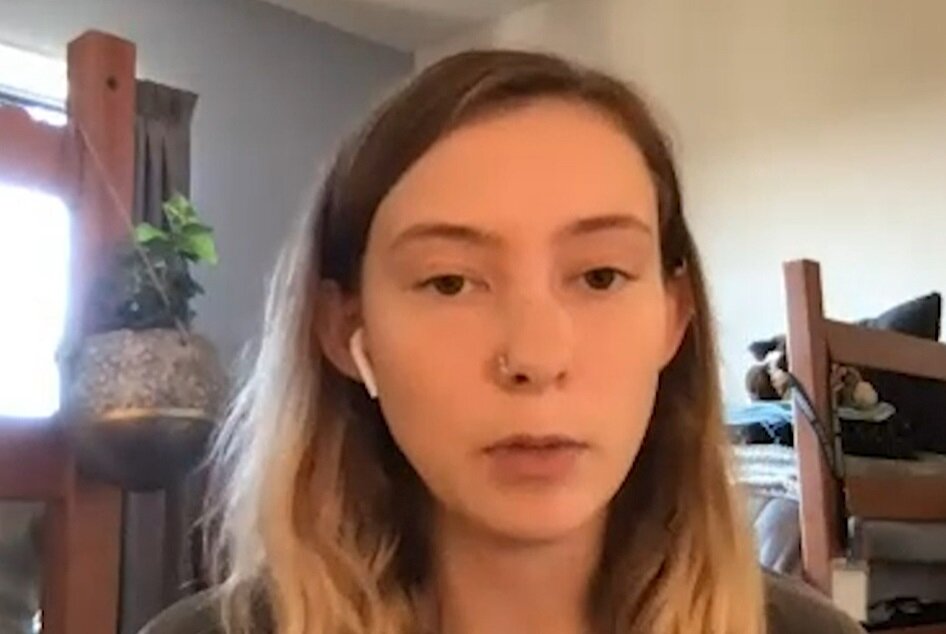
As a member of the teen board at Pikes Peak Suicide Prevention Partnership, Zoe Atkinson has participated in panel discussions for people developing suicide prevention programs in schools and communities.
“The adults would often make programs and different things directed towards teens to help them, but it just never ends up being very substantial because they don't really understand the teen mindset,” Atkinson said. “Our goal .... was to just go and be able to educate them a little bit more on what we actually need and what we're actually looking for.”
Atkinson, now a college student at Colorado State University in Fort Collins, went to high school in the Fountain area. She said knowing adults who died by suicide, and observing young people who were struggling, compelled her to become active in prevention.
“It's heartbreaking to see that many people, and especially that many young people, in that much pain,” Atkinson said. “Just my opinion... there are not enough resources for teens, kids, middle schoolers … just in general.”
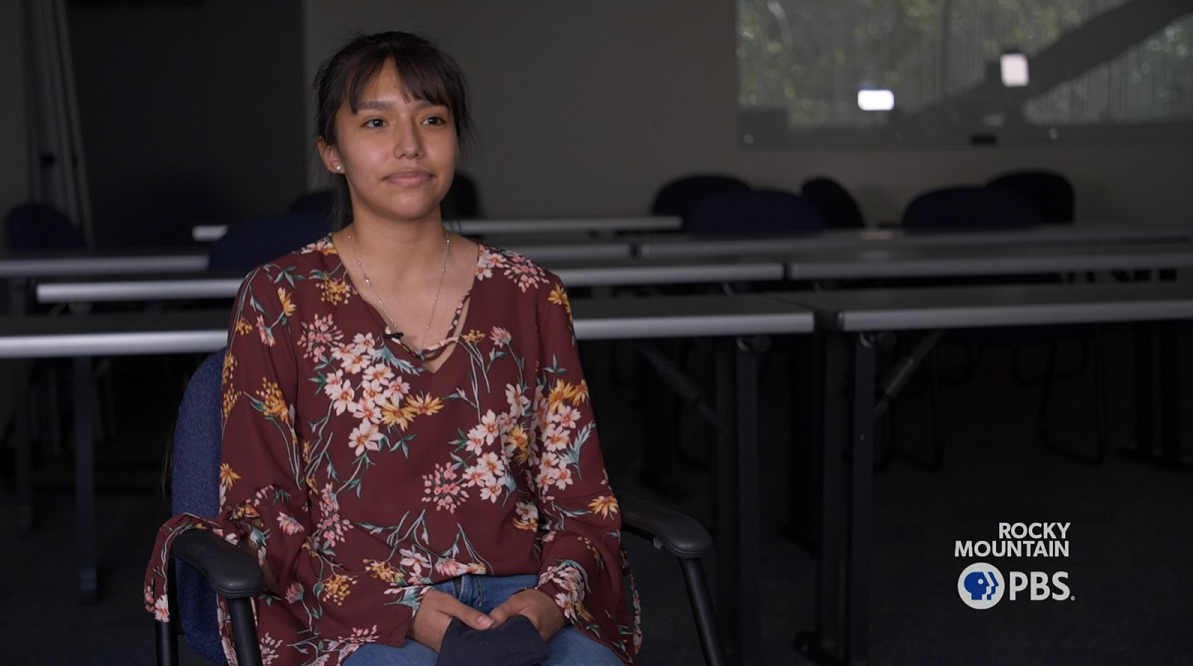
Students in Colorado Springs are also helping to shape suicide prevention efforts that recognize cultural differences.
Atlas Preparatory High School senior Yesenia Cruz-Garduno is working to fight what she describes as a cultural stigma surrounding mental health.
“Coming from the Hispanic community … I saw that a lot of people didn't really believe it, and you were just called crazy instead of getting help,” she said.
In response to the stigma she observed, Cruz-Garduno said she worked on Below the Surface, a messaging campaign to spread the word about the Colorado Crisis Services text line.
She said she also worked to spread the message about mental health at her school during the pandemic.
“Since Covid started, the Hispanic community has been hit pretty hard,” Cruz-Garduno said. “We're collaborating with teachers so that the students know that there's somebody to help them. They should know that they can't just dig into a hole that's deeper than they’re already in.”
“Instead of going south, they need to go up,” she said.
Ellie Fitton joined the Youth United for Responsible Media Representation effort, and as a Palo Alto student journalist, she worked to practice what she preached.
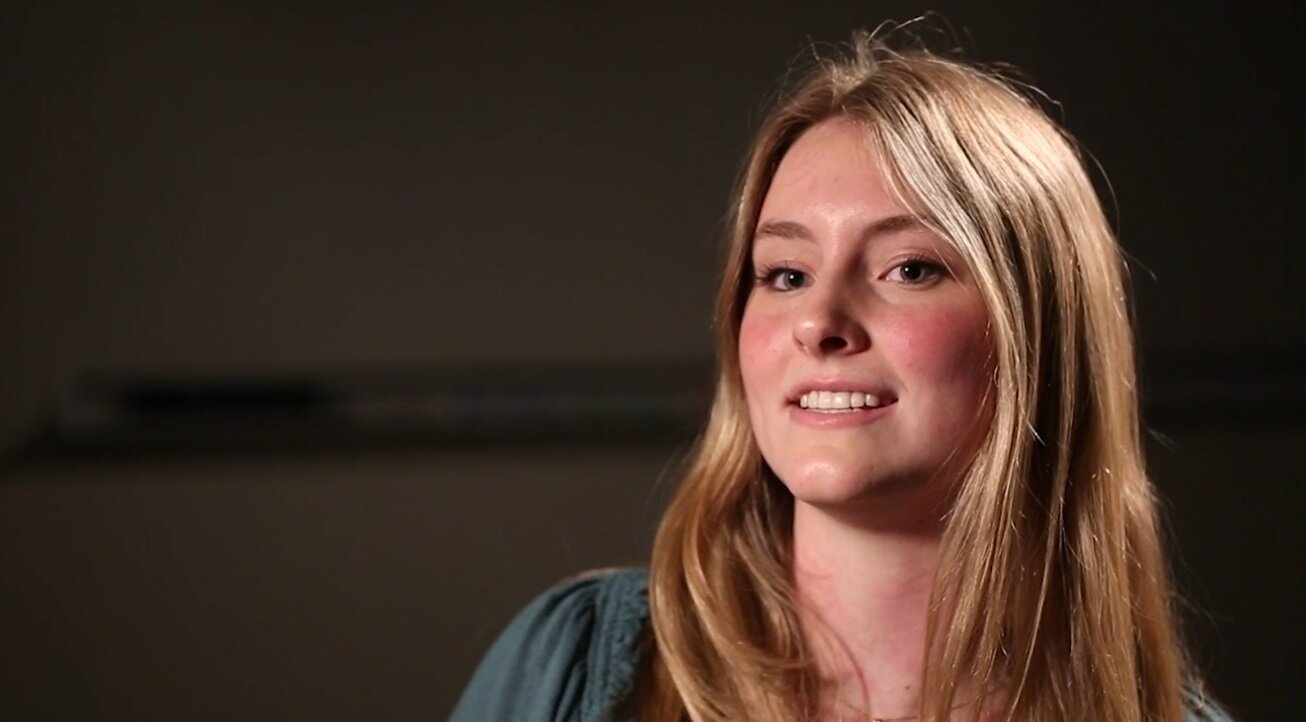
Fitton worked as an editor for her student magazine and helped oversee a cover story highlighting efforts to address mental health in the community.
“We've been trying to highlight a new narrative of hope and growth in our school district and highlight more of the positive efforts of being made. [Only] highlighting the negative aspects can create an environment that causes even more suicide contagion,” Fitton said.
Fitton also joined the Youth Advisory Group for allcove, a Stanford pilot project to provide early mental health and wellness care for young people at walk-in locations.
“We're trying to make it as easy and stress-free as possible for kids to receive help,” she said.
The popular Sources of Strength program has offered an opportunity for many young people to get involved in prevention efforts and build connection with trusted adults.
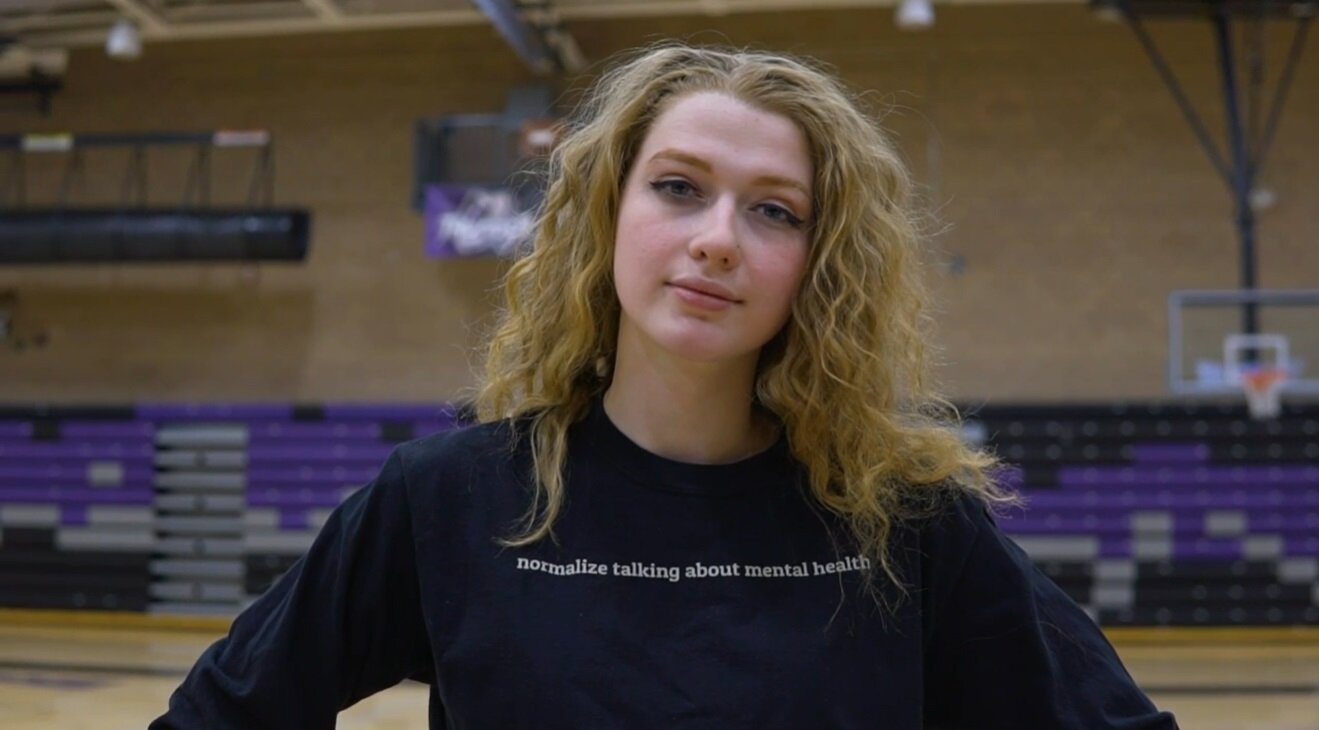
A recent graduate of Discovery Canyon Campus, Sienna Adams joined Sources of Strength when it launched the school year after the school endured a number of suicide deaths involving students.
“Having teens in suicide prevention opens that door of, when something happens, even at another school, teachers can kind of look to you and be like, ‘What do we do now?’” Adams said.
Adams said after joining Sources of Strength, she became a resource for other young people who were struggling. The work she did continues to shape her life after high school, as she plans to work as a 911 dispatcher.
“I've been the calm voice for suicidal people. I can be the calm voice for somebody going through the worst night of their life,” Adams said. “And I really want to do that, and be on the other side for somebody.”